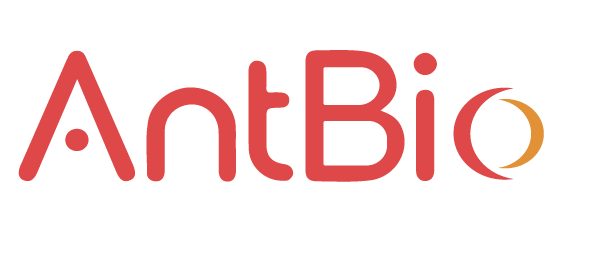Product Details
Product Details
Product Specification
| References | 1. Dabbs David J. Diagnostic immunohistochemistry (M). Beijing: Peking University Medical Press, 2008.9. 2. [US] Ed Harlow, David Lane Technical Guide (M). Beijing: Science Press, 2002: 79-80, 105. Stack, E.C., et al., Multiplexed immunohistochemistry, imaging, and uantitation: are view, with an assessment of Tyramide signal amplification, multispectral imaging and multiplex analysis. Methods, 2014; 70 (1): 46-58. 4. Qian Bangguo Jiao Lei Application of multi-label immunofluorescence staining and Doppler imaging technology in histological research. Chinese Journal of Histochemistry and Cytochemistry, 2017 (4): 373-382. |
| Theory | Multiplex fluorescence immunohistochemical staining is based on the principle of specific binding of antigen and antibody. The secondary antibody labeled with horseradish peroxidase (HRP) is selected to activate the fluorescent dye in the kit and covalently bind the signal to the antigen. In situ multi-target staining of tissues or cells is achieved by multiple rounds of staining cycles with the aid of different fluorescent dye labels. |
| Description | There are complex cells in tissue microenvironment, and the phenotype, state, abundance and distribution of these cells have important biological significance and clinical value. It can be rendered in situ in tissue by means of antibody staining. Immunohistochemical staining is a common technique to study tissue morphology and protein expression in situ. Routine IHC detection can only show a single indicator, and it is difficult to present the cell composition, state and relationship in the complex tissue microenvironment. This information is crucial to the diagnosis and treatment of diseases! Principle of tyrosine signal amplification technology: Similar to the DAB color development method of conventional immunohistochemistry, TSA technology also uses HRP-labeled secondary antibody. HRP catalyzes the fluorescein substrate added to the system to produce an activated fluorescein substrate, which can be covalently bound to the antigen. Tyrosine is covalently bound to stably covalently bound to fluorescein on the sample. After that, the non-covalently bound antibody is washed away by thermal repair method, replaced with a primary antibody for the second round of incubation, and replaced with another fluorescein substrate, so that multiple labeling can be achieved by reciprocating. |
| Composition | TSA monochromatic fluorescent dye 620, signal amplification reaction solution |
| General Notes | 1. Formalin-fixed wax blocks or glass slides, large tissues or TMA, and sealing wax cannot be obviously damaged. 2. For glass slide samples, the tissue needs to be close to the glass slide to avoid wrinkles, and the glass slide must not be damaged, scratched or stained. 3. The tissue should contain at least more than 1000 cells. 4. The wax block needs to be embedded in solid tumor tissue, and necrotic tumor tissue, fine needle punctures, and cell slice samples will affect the staining effect. 5. The tissue should be fixed with 10% neutral formalin, and the normal fixation time is 18-24h. 6. The thickness of the slice is about 4um, and anti-detachment slides are used. It is recommended that the glass slides be prepared within one week after fixation. 7. Do not add any adhesive in the water bath slide fishing process. The sample should be placed on the front and center of the slide. Place the slide vertically on absorbent paper to remove water, tap gently to remove water droplets, and do not wipe the slide with paper. 8. Place the glass slide on a hot plate at 45 °C for 30min (the natural air-drying time of the glass slide is not less than 1h). |
| Storage Temp. | Fluorescent dyes should be stored in the dark from light at 2-8 ℃, and the validity period is 12 months from receipt of the goods. |
| Applications | It is mainly used for scientific research on immunohistochemical staining of tissues, paraffin sections and TMA chips, and cannot be used for in vitro clinical diagnosis or human experiments. |


